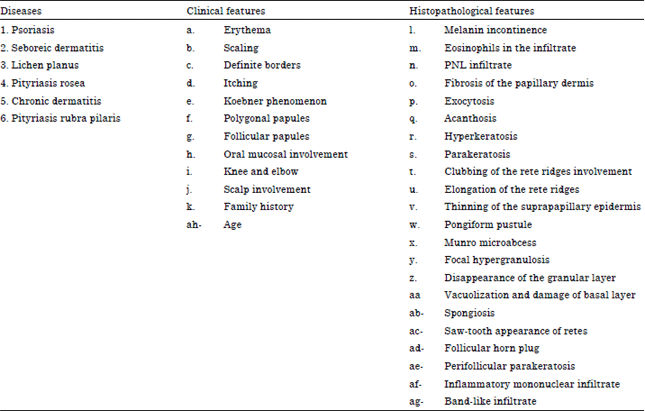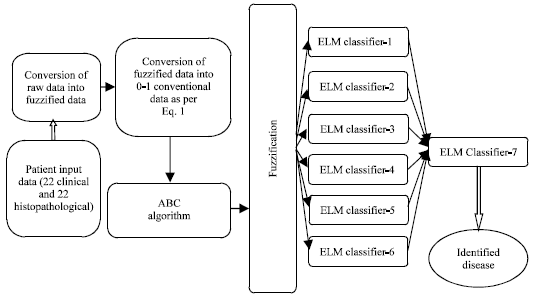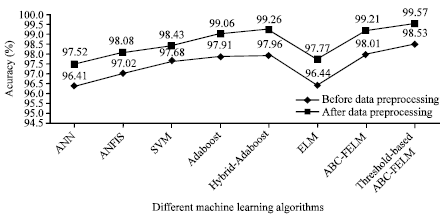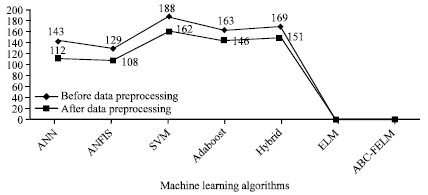Research Article
Design of Automatic Detection of Erythemato-squamous Diseases Through Threshold-based ABC-FELM Algorithm
Department of Computer Science and Engineering, Bharathidasan University, Khajamalai Campus, Tiruchirapalli, 620014, Tamil Nadu, India
G. Gopinath
Department of Computer Science and Engineering, Bharathidasan University, Khajamalai Campus, Tiruchirapalli, 620014, Tamil Nadu, India
K.S. Ravichandran
School of Computing, SASTRA University, Thanjavur, 613 401, Tamil Nadu, India
















